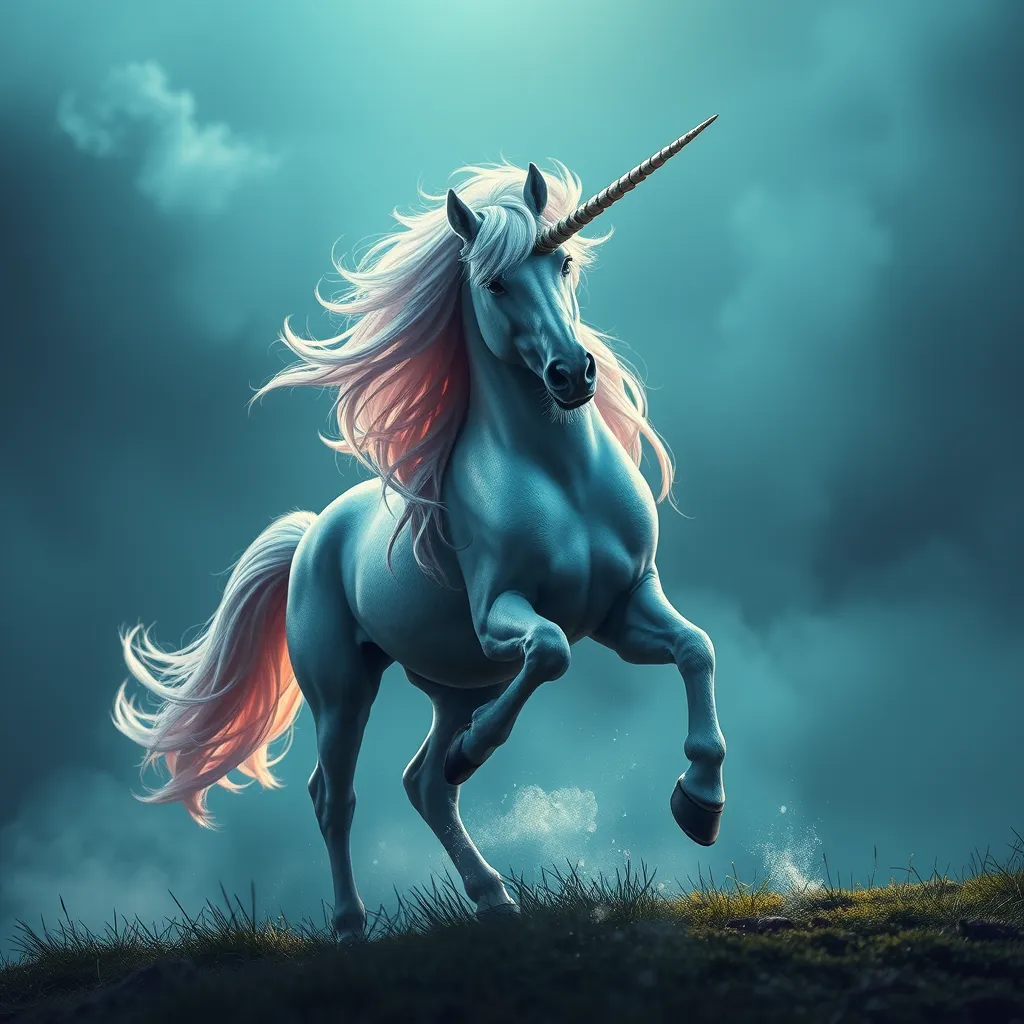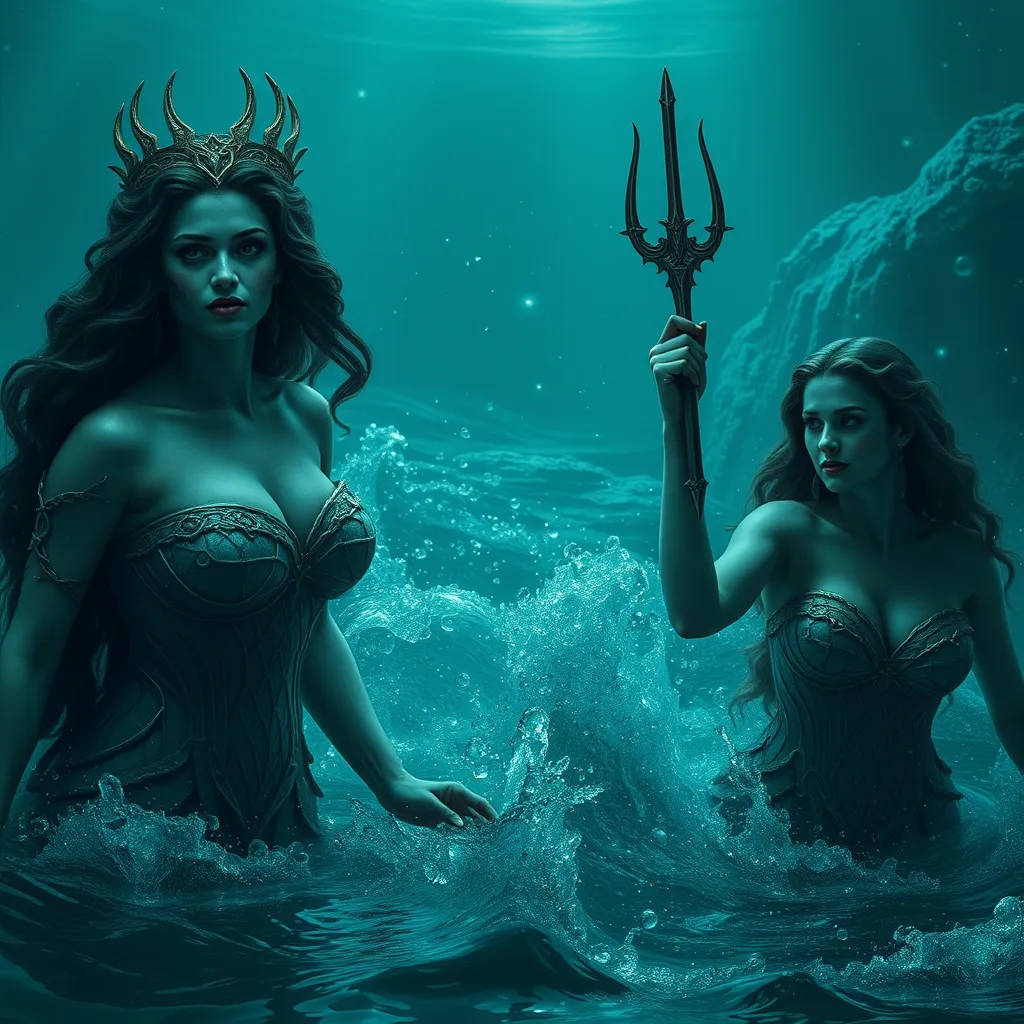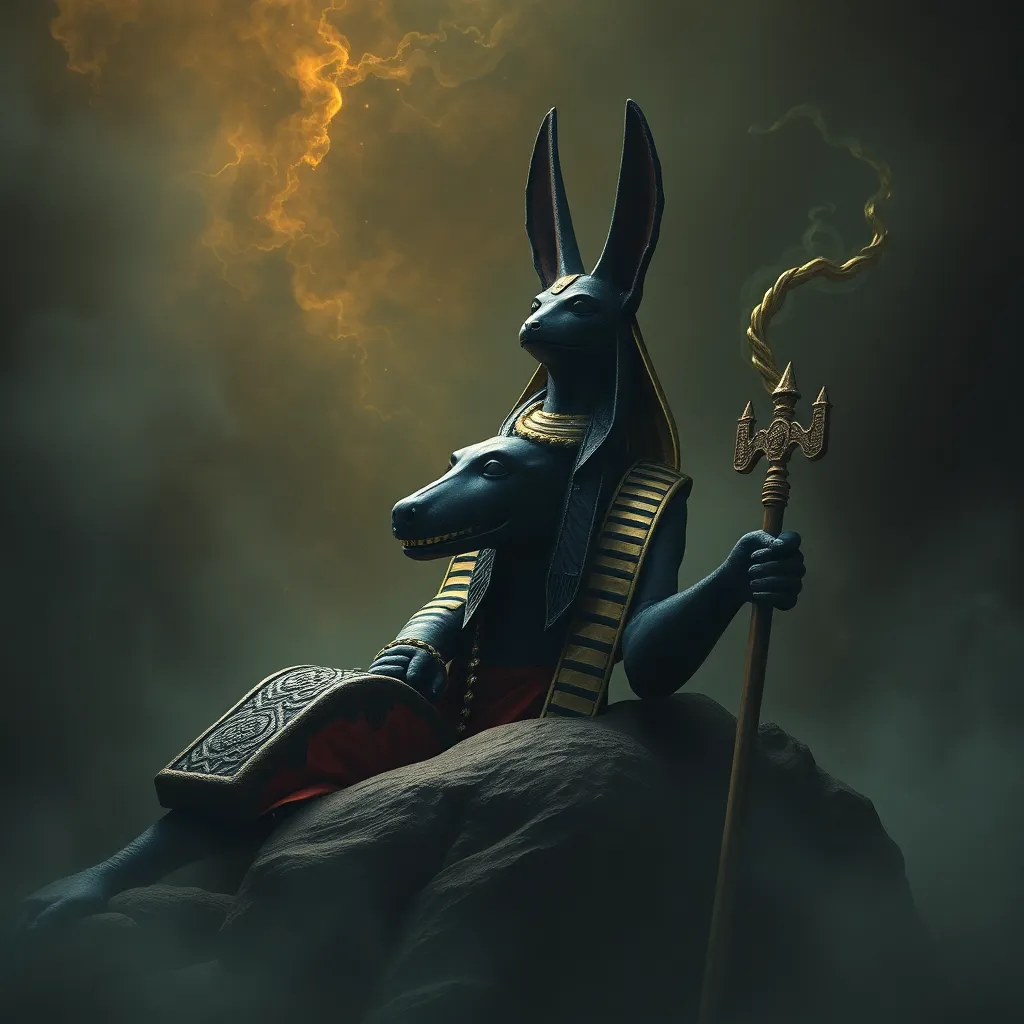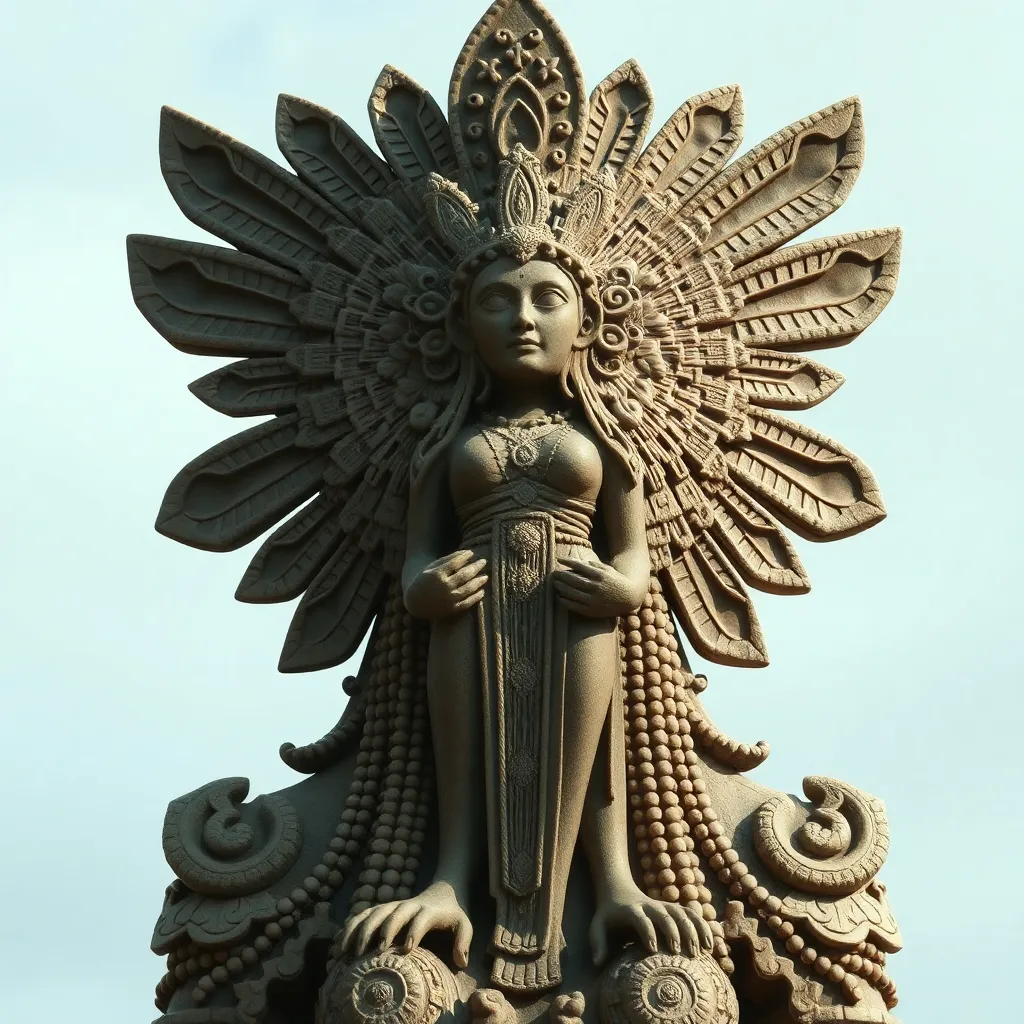Unicorn Folklore: Exploring the Unicorn’s Role in Traditional Storytelling
I. Introduction
Unicorns have captivated human imagination for centuries, often defined in folklore as a horse-like creature with a single spiraling horn on its forehead. These mythical beings are not only symbols of beauty and grace but also serve as powerful figures in various narratives throughout history.
The significance of unicorns in traditional storytelling lies in their multifaceted symbolism and the moral lessons embedded in their tales. From ancient texts to medieval literature, unicorns embody ideals of purity, innocence, and the divine, making them timeless figures in narratives that transcend cultures and eras.
This article aims to explore the historical origins of unicorn folklore, their symbolic meanings, variations across cultures, and their influence on both traditional and modern storytelling, ultimately highlighting the enduring appeal of these enchanting creatures.
II. Historical Origins of Unicorn Folklore
The roots of unicorn folklore can be traced back to ancient civilizations, where references to unicorn-like creatures appear in various texts and artworks.
A. Ancient texts and early references to unicorns
The earliest known references to unicorns date back to ancient Mesopotamia and India, where they were often depicted in seals and carvings. The Greek historian Ctesias described a creature resembling a unicorn in his writings about India, calling it the “Indian wild ass.”
B. The unicorn in various cultures: Mesopotamia, India, and Greece
- Mesopotamia: The unicorn was often seen as a symbol of strength and purity.
- India: In Hindu mythology, unicorn-like creatures are associated with divinity and spirituality.
- Greece: The unicorn was woven into the fabric of Greek mythology, often represented as a fierce and elusive animal.
C. Evolution of the unicorn myth through the ages
As the unicorn myth spread across different cultures, its characteristics and meanings evolved. During the Middle Ages, unicorns began to be associated with Christian symbolism, representing Christ and purity, further embedding them in the fabric of European folklore.
III. Symbolism and Meaning of Unicorns
Unicorns are rich in symbolism, often embodying ideals that resonate deeply with human experiences.
A. Unicorns as symbols of purity and grace
The unicorn is universally recognized as a symbol of purity and grace, often portrayed as a creature that can only be tamed by a virgin. This association emphasizes the qualities of innocence and virtue.
B. The association with innocence and the divine
In many traditions, unicorns are seen as messengers of the divine, bridging the gap between the earthly realm and the spiritual world. Their elusive nature often reflects the search for truth and enlightenment.
C. Unicorns in alchemical traditions and their meanings
In alchemical texts, the unicorn represents the philosopher’s stone and the quest for transformation and purity of spirit. Alchemists often depicted the unicorn as a means to achieve higher states of consciousness.
IV. Unicorns in Medieval Literature
The Middle Ages saw a flourishing of unicorn mythology in literature, with unicorns appearing in various texts and artistic representations.
A. The unicorn in bestiaries and medieval texts
Medieval bestiaries often included unicorns, describing them as creatures of great beauty and virtue. These texts served to educate readers about the moral lessons associated with unicorns.
B. Notable literary works featuring unicorns (e.g., “The Hunt of the Unicorn”)
One of the most famous representations of unicorns in literature is found in the tapestry series “The Hunt of the Unicorn,” which depicts the hunt as a metaphor for the pursuit of a noble goal or ideal.
C. The role of unicorns in chivalric tales and romance
In chivalric literature, unicorns often appear as symbols of unattainable beauty and the noble quest for love, further embedding their significance in the romantic ideals of the time.
V. Regional Variations of Unicorn Folklore
While the unicorn is often associated with European traditions, various cultures have their own interpretations of unicorn-like creatures.
A. European interpretations of the unicorn myth
In Europe, the unicorn is often linked to Christian symbolism, embodying purity and divine love, frequently appearing in religious art.
B. The unicorn in Asian folklore: variations in meaning and symbolism
In Asian cultures, particularly within Chinese mythology, the Qilin is a unicorn-like creature that represents good fortune and prosperity, often seen as an omen of peace.
C. Indigenous perspectives on unicorn-like creatures
Indigenous cultures may have their own versions of unicorn-like beings, often reflecting their unique relationship with nature and spirituality.
VI. The Unicorn’s Influence on Modern Storytelling
Unicorns have made a significant impact on contemporary literature and media, continuing to capture the imagination of new generations.
A. Unicorns in contemporary literature and media
Modern literature often features unicorns as symbols of magic and hope, appearing in works like “The Last Unicorn” by Peter S. Beagle and various young adult fantasy series.
B. The resurgence of unicorn imagery in popular culture
In recent years, unicorns have surged in popularity within popular culture, appearing in fashion, toys, and social media, often symbolizing whimsy and positivity.
C. Unicorns as a vehicle for themes of hope and magic
Unicorns continue to represent hope and magic, serving as reminders of the beauty and wonder that exist in the world, particularly in times of uncertainty.
VII. The Unicorn in Art and Symbolism
The artistic representation of unicorns has evolved throughout history, reflecting societal values and cultural shifts.
A. Artistic representations of unicorns throughout history
From ancient carvings to Renaissance paintings, unicorns have been depicted in various forms, often emphasizing their ethereal beauty and grace.
B. The unicorn as a motif in heraldry and design
In heraldry, the unicorn has been used as a symbol of strength, purity, and nobility, appearing in coats of arms and emblems across Europe.
C. The impact of visual storytelling on the perception of unicorns
Visual storytelling has played a crucial role in shaping the perception of unicorns, influencing how they are viewed in both historical and modern contexts.
VIII. Conclusion
Throughout history, unicorns have played a significant role in traditional and modern storytelling, embodying ideals of purity, hope, and magic. Their presence in various cultures and artistic expressions highlights their enduring impact on human imagination.
As we reflect on the unicorn’s role in folklore, it becomes clear that these mythical creatures continue to resonate with audiences, serving as symbols of beauty and inspiration. Preserving these stories is vital for future generations, ensuring that the magic of unicorn folklore remains alive and relevant.



